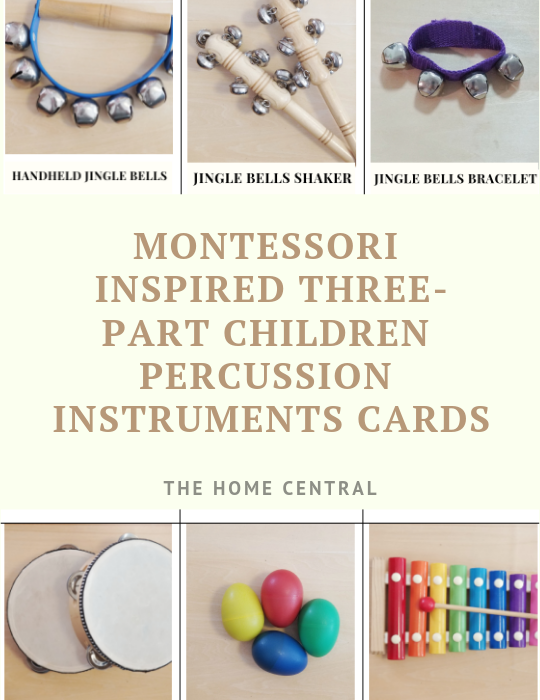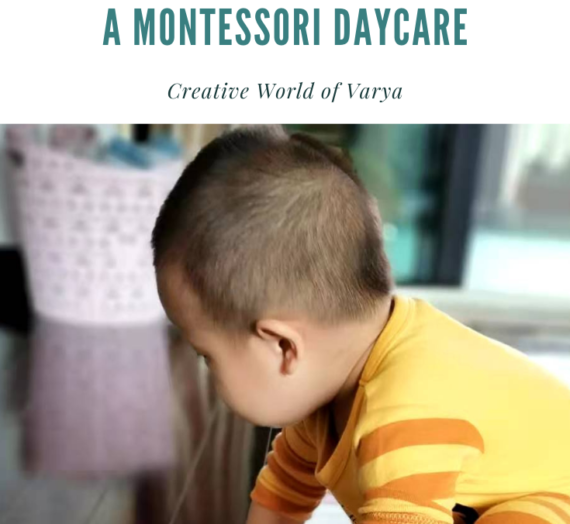As some of you know, I am a Montessori educator and I work with young children from infancy to around 6 years old. What you didn’t know that I also have a wonderful project called Radiant Montessori Home which runs under my education consultancy. My project offers a Montessori environment to children 1 to 5.5 years old, parent education workshops and more. Working on this project has inspired me to come up with many different ideas. I would like to share with you my latest one: Montessori Inspired Three-Part Children Instruments Cards.
For the longest I wasn’t able to find any free or paid materials that would offer clear name tags for Children Percussion Instruments. To be honest, I didn’t know some of the names myself! It took me about a year to come up with an idea. First, I found them on TaoBao (local Amazon like website). Then, I translate their names from Chinese to English and then Google the proper names. That’s a lot of work, my friends!
So without further ado, you can now purchase it here at a discount.
So, what do we use three-part cards ? Montessori Three-Part Cards refer to card materials that children manipulate in order to internalize the information on the cards. The Montessori Early Childhood Three-Part Card consists of a card with the picture with word label, a card of the picture, and a card with the word label.
In other words, the most suitable age group for these cards would be 3-6 years old, and more so children who are familiar with the alphabet and/or are starting to read. The idea is to present the cards with the labels, and then present the cards without the labels.
And, finally, to match the separated labels to the cards that have no labels using the cards with the labels. Is it clear so far? The final step is to be able to match the cards without labels with corresponding to them labels without looking at the original cards that already have labels attached to them.
So how can we use three-part cards for younger children who are still not ready for reading? We can offer them a three-period lesson using either set of cards. There are three periods or steps:
- Naming (Introduction): e.g. This is a castanet
- Recognition (Identification): e.g. Show me a castanet/Where is a castanet?
- Remembering (cognition): e.g. What is this?
The three-period lesson would work perfectly as an introductory conversation for three-period cards with children over 3 years old as well. After all, we do need to introduce them to the pictures and the proper names.
And as a bonus, if you do have these instruments in your possession, you can make it a matching and sorting activity for both younger and older children. As well as a music lesson – learning about the sounds, the rhythm, and jamming along with songs.
Now, the main WONDERFUL thing about my set of cards is that they come in a copy with English labels and with Chinese labels. In other words, you can use them for learning Chinese. However, I opted out of writing pinyin for them. I would probably add that later if the cards prove to be more or less of a success.
So besides tackling and integrating Montessori principles into the whole project, I also managed to connect the precious concepts of bilingualism. It opens a whole new path to how you could possibly use these cards in your classroom.
There will be no file attached to this post for your download – I would have to emphasize once again that you need to be a subscriber in order to receive this gift. However, I hope that after you receive it, you’ll still stick around. I would appreciate if you follow my blog, supporting my effort and reading my stories.
Thank you for getting this far!



